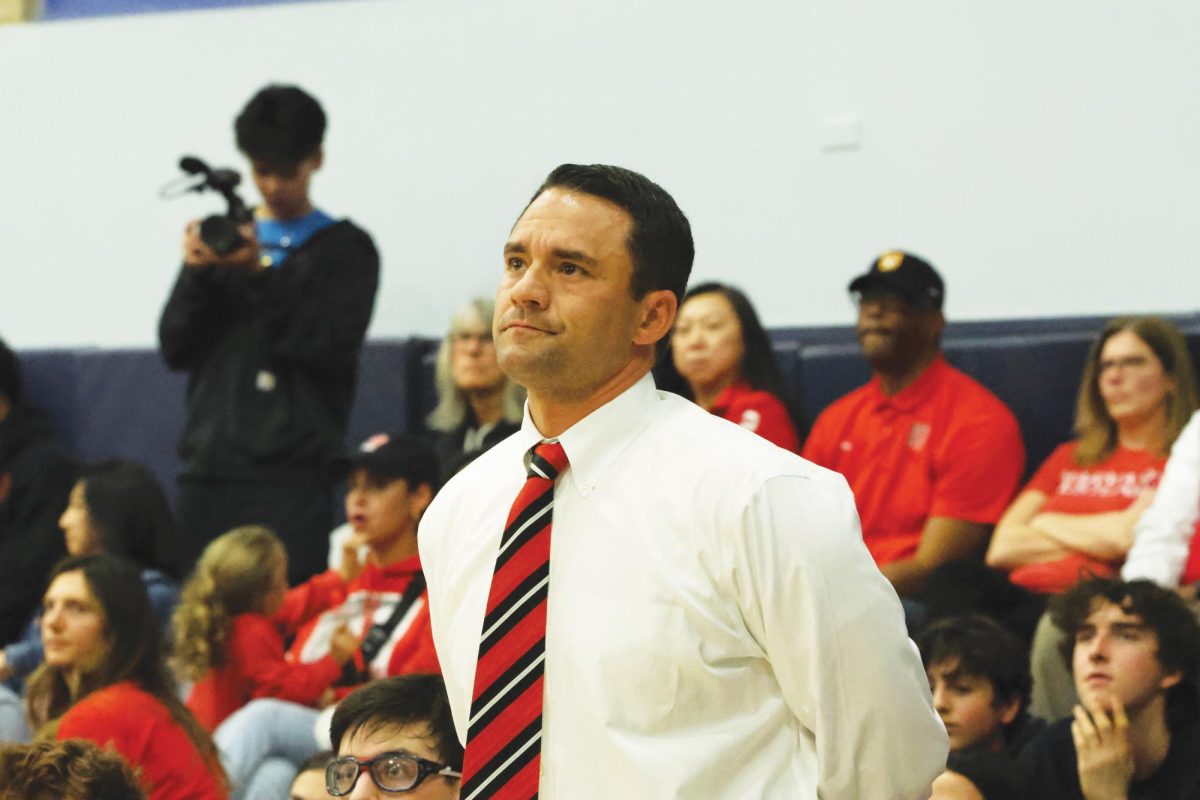Step 1: Be nominated. Usually by a friend or family member. Step 2: Get a bucket. Step 3: Have someone hold the camera for you. Step 4: Fill the container with ice and water. The more ice, the more impressed your friends will be. Step 5: Look into the camera; explain that you are participating in the ALS Ice Bucket Challenge. Say who you were nominated by, and say who you are nominating. Step 6: Brace yourself. Step 7: Dump the mixture over your head, or have someone throw it at your face. Step 8: Be extremely cold. Step 9: Upload the video onto social media.
This challenge is the most recent phenomenon, spreading through social media sites such as Facebook and Instagram. The Challenge has spread to other countries too.
Amyotrophic lateral sclerosis is described by the ALS Association as a progressive neurodegenerative disease that leads to the paralysis of the entire body. It is usually fatal, with an average life expectancy of two to five years after diagnosis. There is no cure for ALS yet, though riluzole, a drug approved by the FDA in 1995, is known to slow the progress of the disease and increase life expectancy by a few months.
According to the ALS Association, donors had raised $100 million between July and August. $2.7 million was raised during the same period last year. The association not only funds research for a drug to potentially cure ALS, which is estimated to cost about $1 to 2 billion, but also provides aid for families who have been affected by the disease.
The biggest issue, especially in California, is the wasting of water in the middle of the drought. The Los Angeles Times estimates that about five million gallons of water have been dumped across the U.S. since the challenge started. But even environmentalists acknowledge that the five million gallons used is miniscule compared to the 37.5 billion gallons Americans use daily in their homes.
Others argue that there are global issues larger than ALS. Journalists and activists in the Gaza Strip and Syria created parodies of the Ice Bucket Challenge, the Rubble Bucket Challenge, in an attempt to bring public attention to the Middle East. That challenge requires a bucket filled with debris.
The State Department sent out a notice preventing all U.S. diplomatic employees from participating.
“One of the Department’s primary missions is to protect human health abroad,” the notice reads. “U.S. funding of global health programs has led to worldwide progress against HIV/AIDS, tuberculosis, malaria, smallpox, polio, and other lethal diseases. Recently, we sent medical experts abroad to combat the re-emergence of Ebola in Africa. On a Department level, our global mandate to fight disease is clear. On a personal level, it is often difficult for us, as concerned citizens to pick and choose among many worthy charities, particularly those that fight life-threatening diseases. It is even more difficult when high-ranking State Department personnel with high-profile positions are asked to participate in charitable fund-raising, and concerns about preference and favoritism always arise.”
Despite the backlash, the challenge continues to garner support.
“Granted, some people may take a shallow approach to the whole thing and not think much about ALS or even research,” Audrius Barzdukas, Head of Upper School said. “Indeed, they may not donate. But on balance, I think that there has been more good than bad from this whole phenomenon. You can always find a problem with something, but I prefer to try and see the good.”
Some critics say that a person donating $100 to ALS will be less likely to donate to other charities, but Forbes writer Matthew Herper believes that the challenge gets previously less-charitable groups of people to become more open to donating to causes of all kinds, making it more likely for them to donate in the future.
“It’s equally likely that the result will be to cause those charities to find their own, effective promotion techniques to compete,” Herper said. “This is likely to result in even more money being raised for good causes.”
President and CEO of the ALS Association, Barbara Newhouse, is grateful for the awareness that the Ice Bucket Challenge has brought for ALS, she said on the association’s website: “We couldn’t be more thrilled with the level of compassion, generosity and sense of humor that people are exhibiting as they take part in this impactful viral initiative.”




































